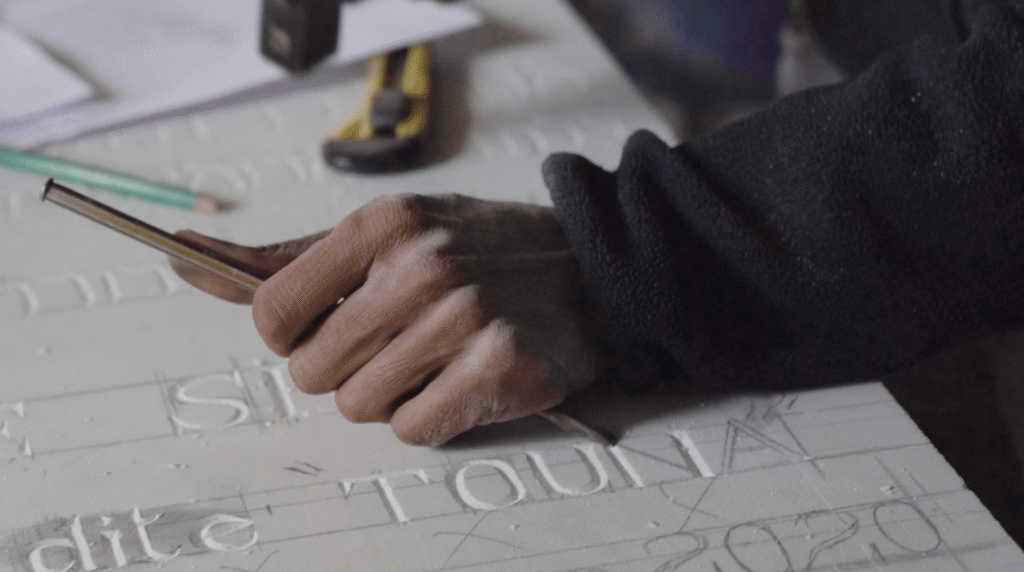HOUSE OF THE LIVING
Video | Tunisia
Centering on the Jewish cemetery in Tunis, the largest in North Africa, this film follows Muslims and Jews who care for the graves of the newly dead, the recently dead, and the long-departed. By filming practices of care in cemeteries, this film explores what cultural presence becomes after displacement. Under the intersecting, though unequal, pressures of French colonialism, Zionism, and Arab nationalism, the Jewish community’s numbers decreased from over 100,000 in the mid-twentieth century to around 1,000 today. The film tacitly traces the shape of this absence, visible in neglected graves, fractured diasporic genealogies, and unexpected intimacies across religious lines—between the Jews and Muslims who remain, and between the living and the dead.
Grounded in long-term ethnographic research, this project contributes to ongoing anthropological debates about memory, absence, and social relations across religious difference in postcolonial and post-migration contexts. HOUSE OF THE LIVING unsettles dominant narratives of Jewish-Muslim enmity and offers a visual grammar for exploring how absence endures—and how it is tended to. The film tries, quite literally, to put absence on screen.
